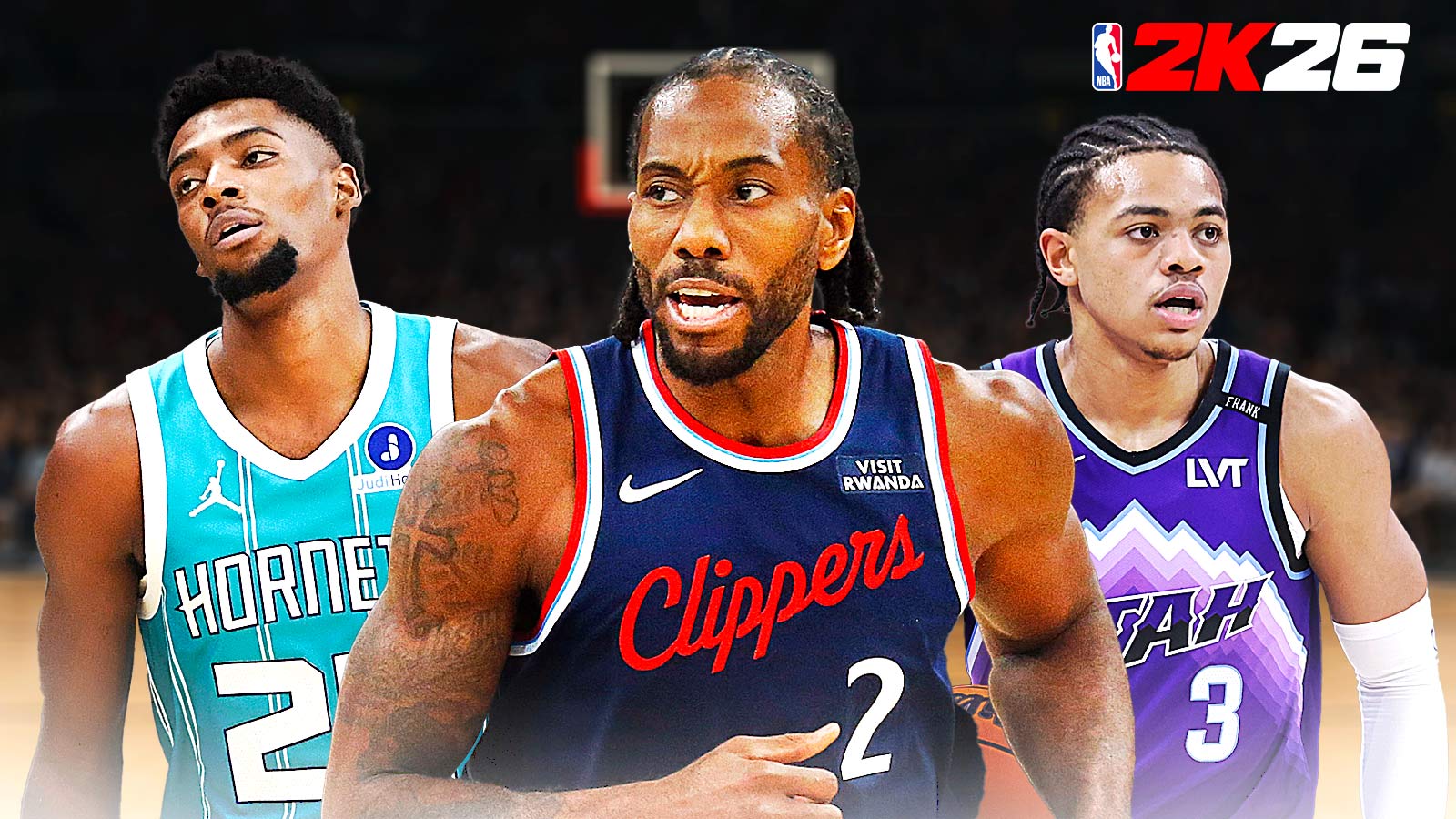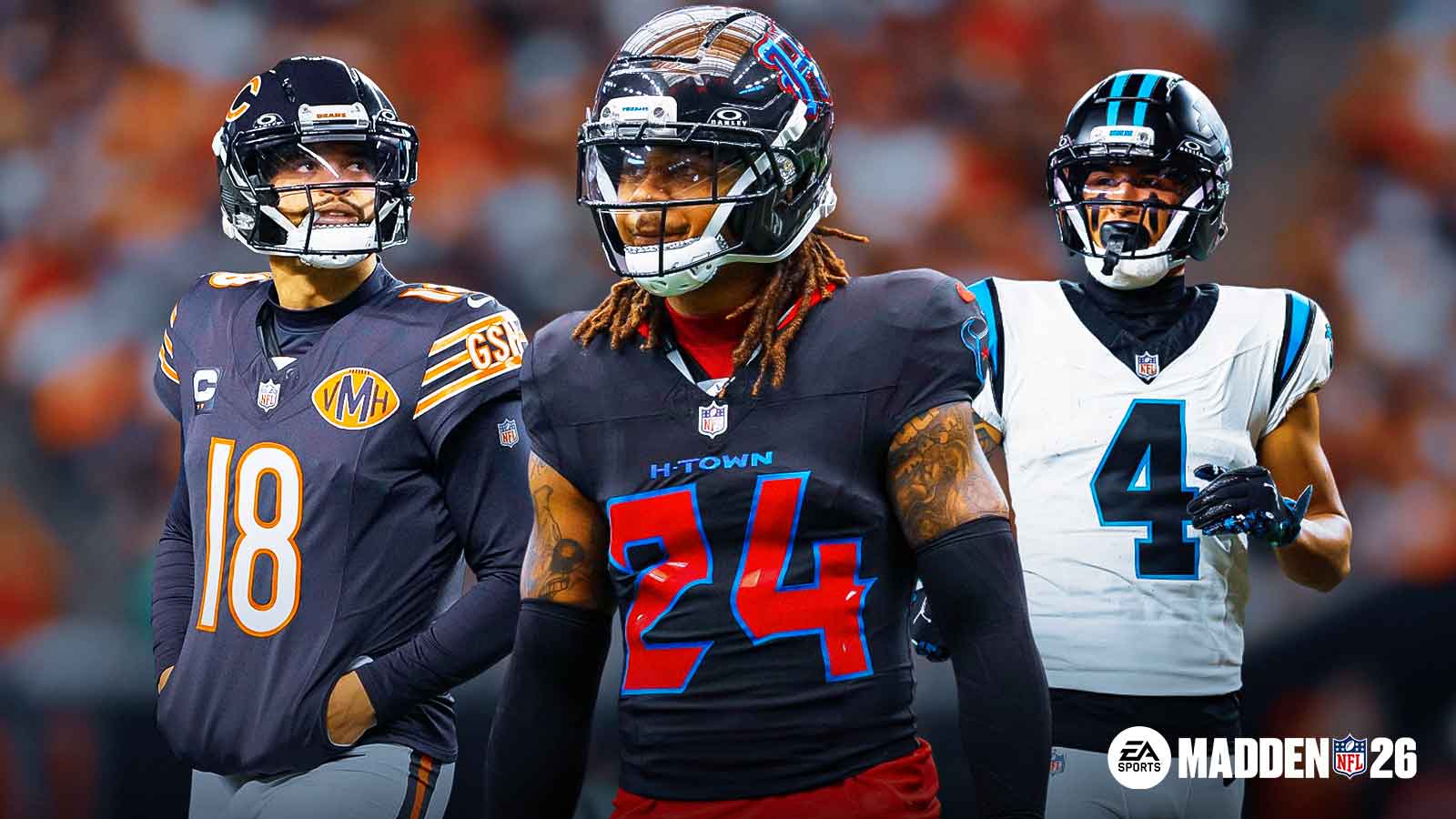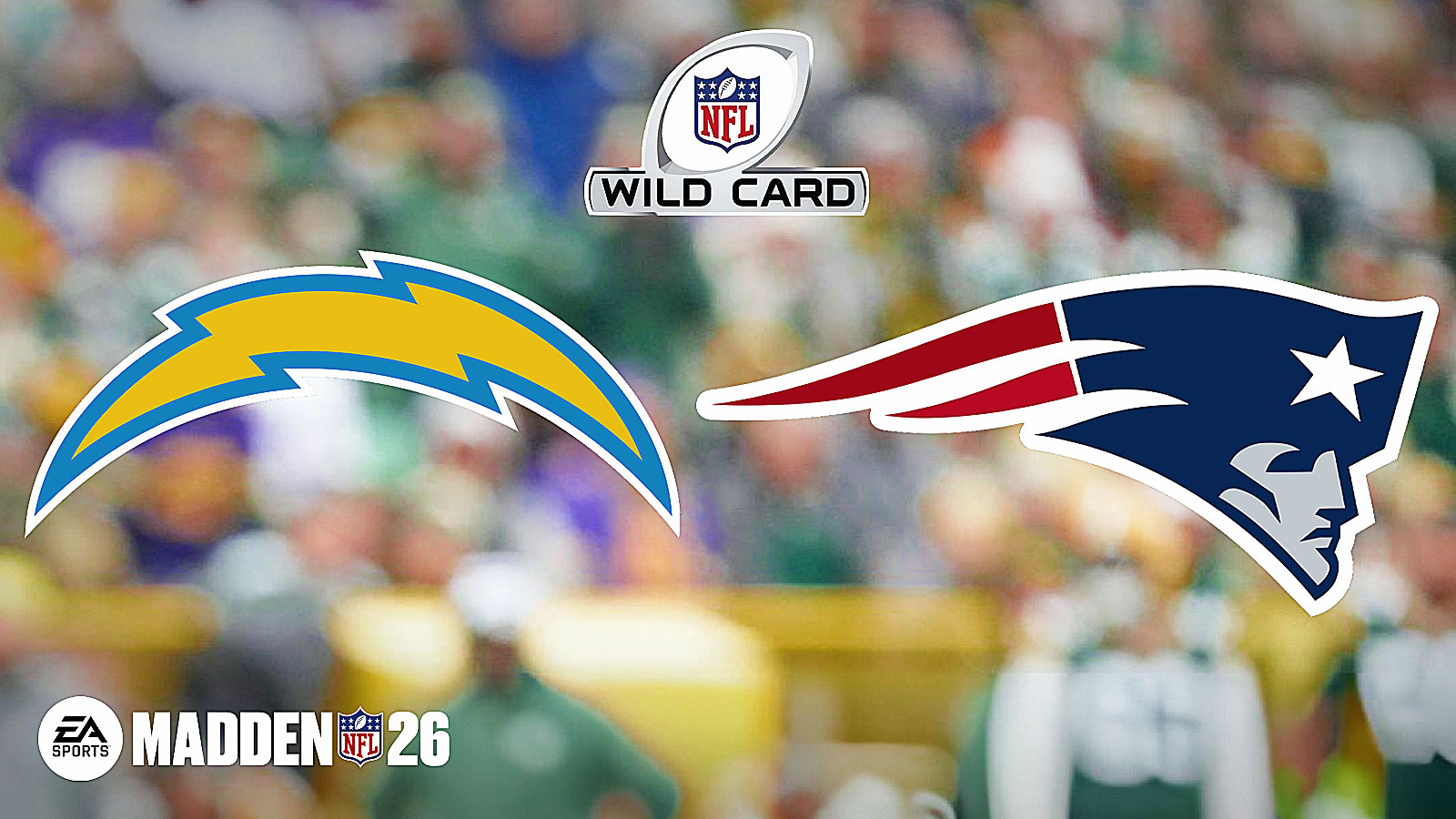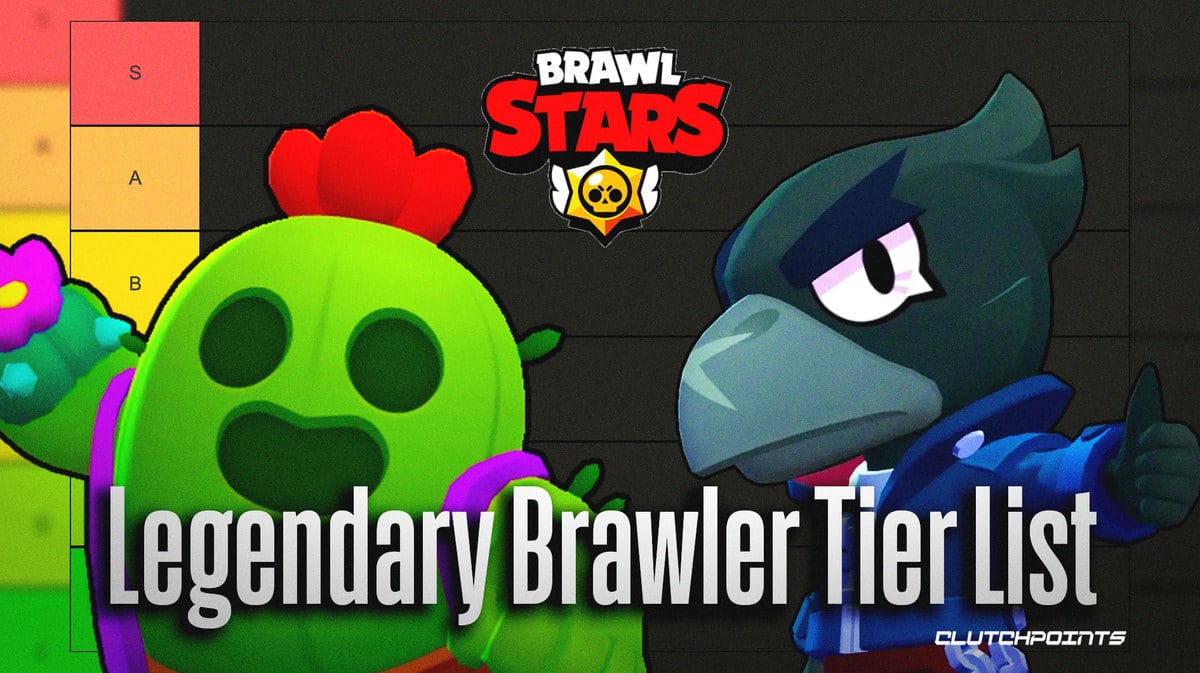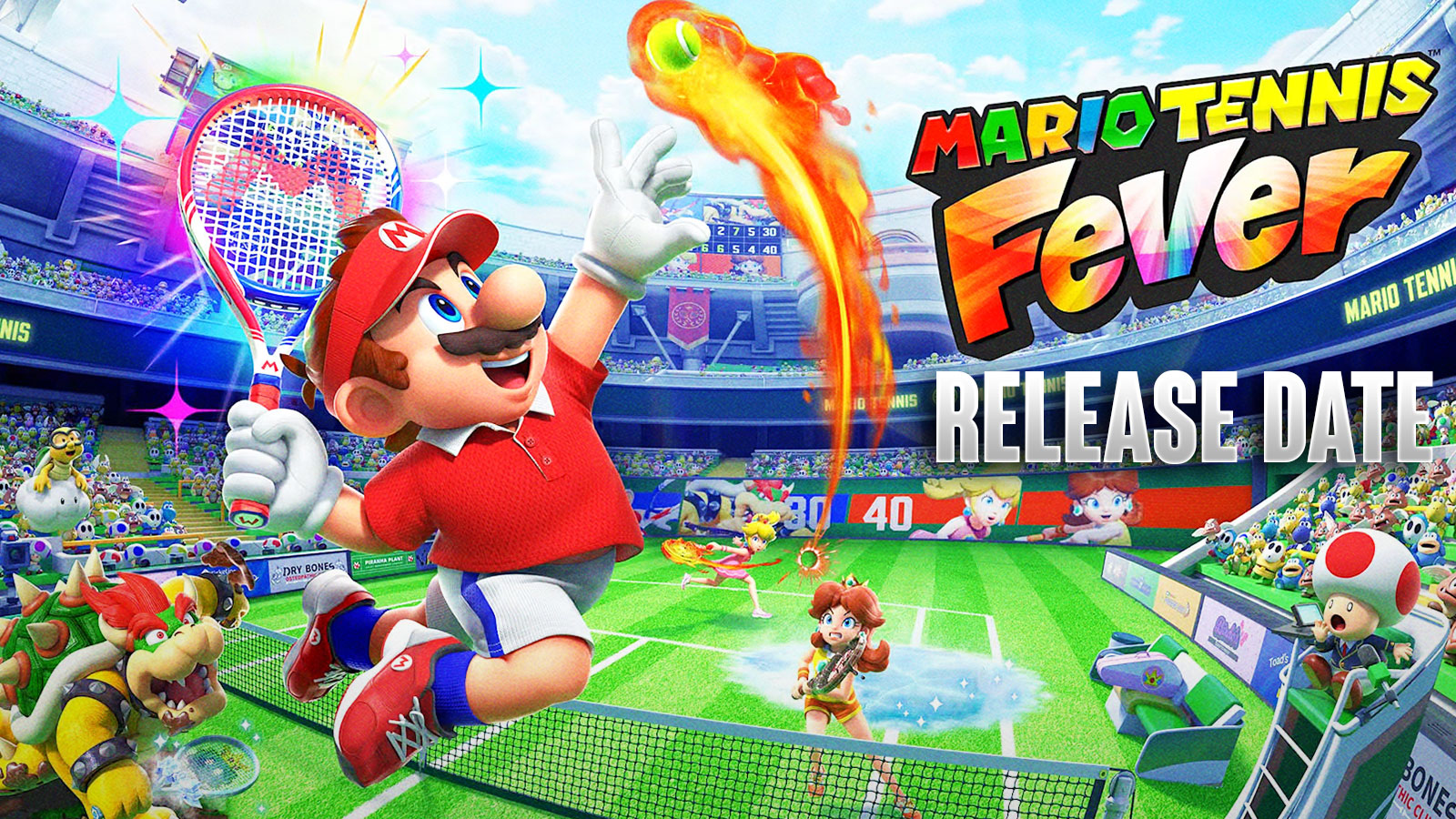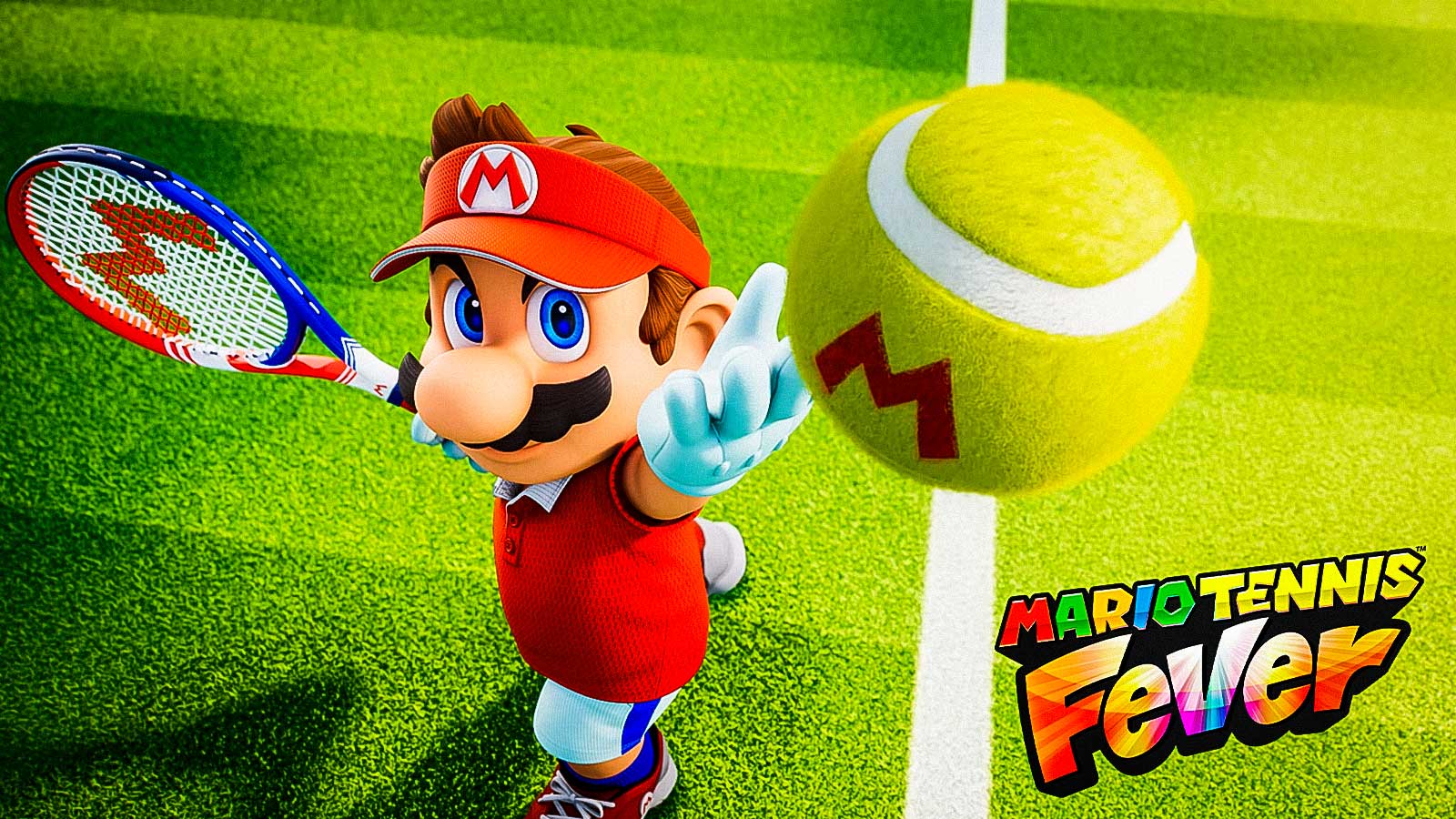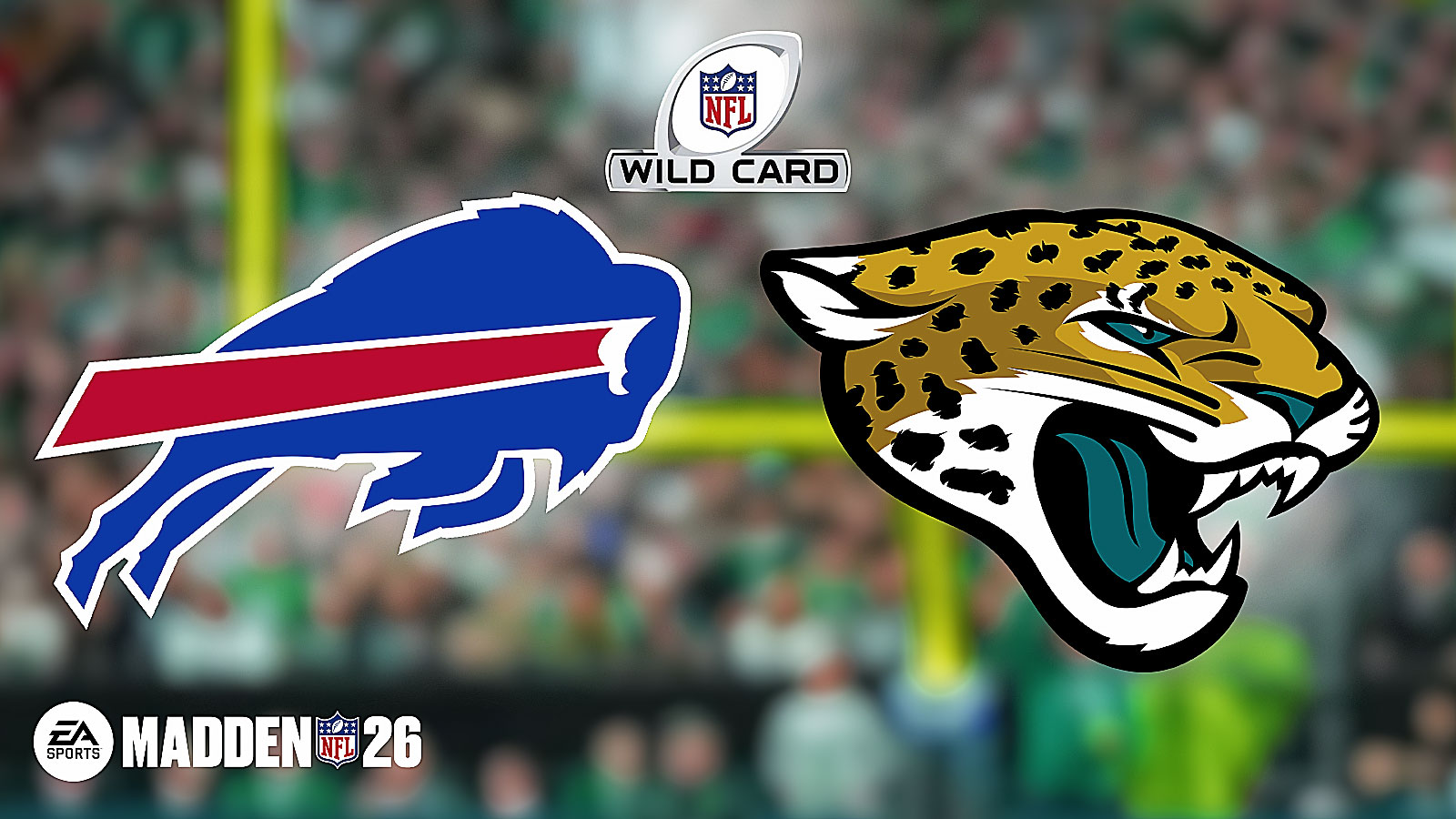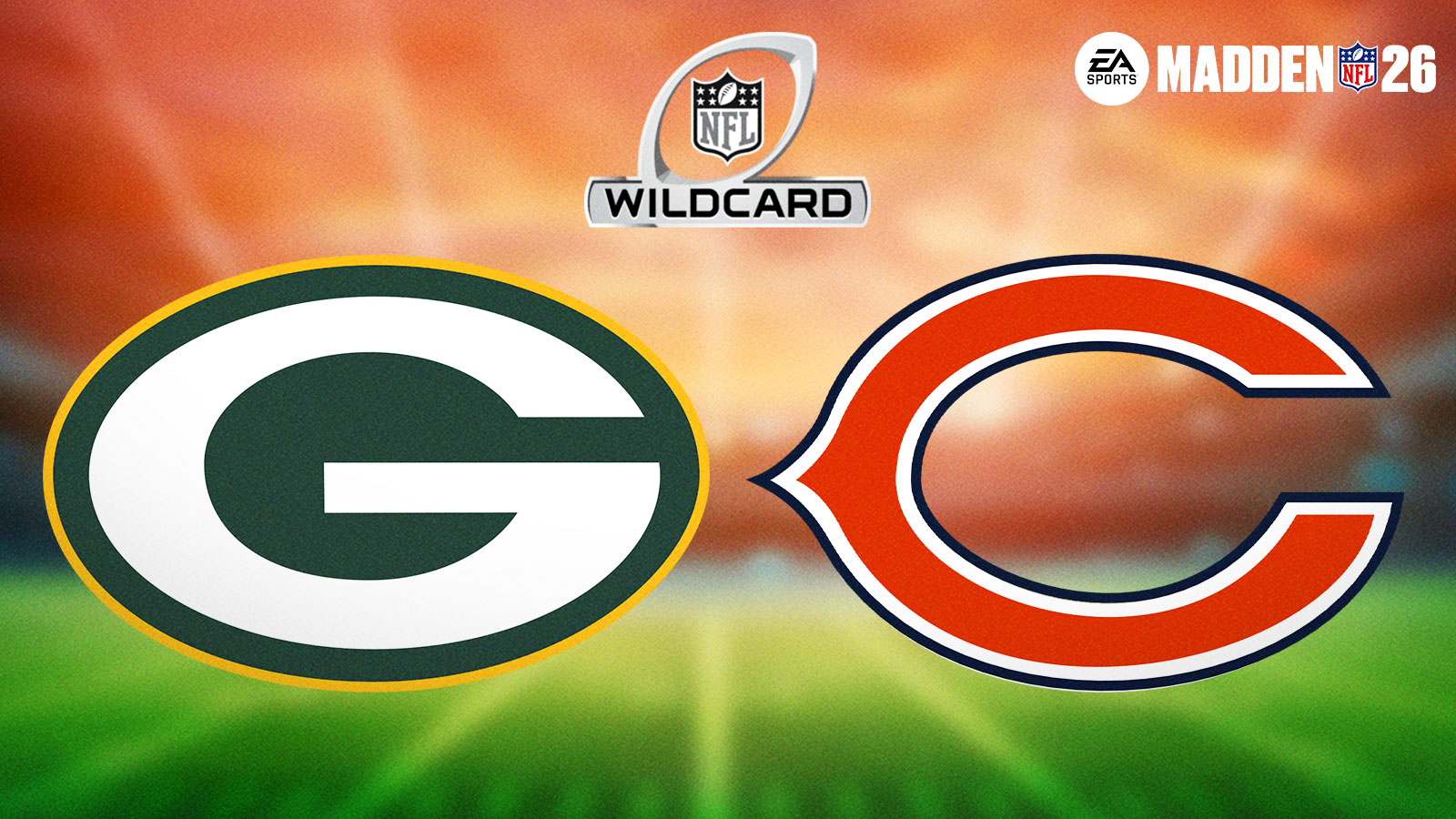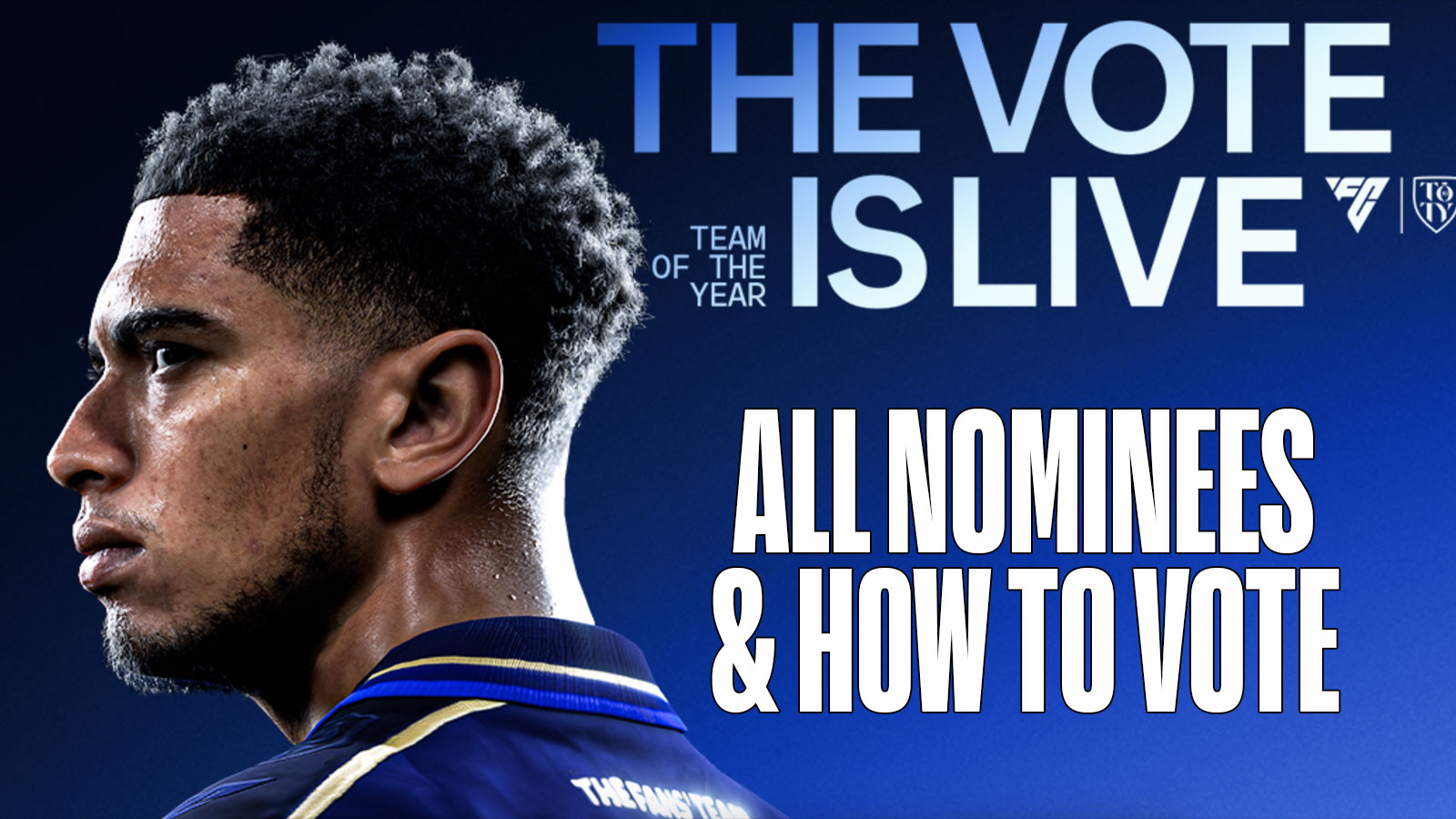VALORANT Insights Manager Brian Chang dives into the Riot Games approach towards smurfs and what they did (and are doing) to reduce them.
This is part of the VALORANT Systems Health Series, which are deep-dive articles covering a specific topic for more transparency around the Competitive and Social & Player Dynamics. They have since discussed AFKs, Map Diversity, and Voice and Chat Toxicity in the past year. Other topics not yet covered are Gameplay toxicity and Matchmaking fairness, however the latter may be slightly alluded to while discussing smurfing.
Smurfing?
By definition, “smurfs” are experienced players who play on new/lower ranked accounts. This may have multiple motivations, but most of the time it's to match against lesser skilled opponents or to create new accounts because their main account has been banned for violating a game's rules. Another possible motivation, which may have been specific to VALORANT and other titles with rank restriction, is to play with their lower ranked friends.
Chang described the former motivations as malicious, while the last one is perfectly legitimate and is the most common reason that players have, at least for VALORANT. However, the current way it's being achieved (creating new accounts) should “not be the way to fulfill that motivation,” said Chang. “We should try to provide avenues for allowing social competitive play without the need to play on multiple accounts.”
The malicious motivations behind smurfing are also sometimes associated with behaviors that violate terms of service, which eventually results in a ban. He enumerated said behaviors, which included sharing accounts between multiple users, purchasing accounts, or intentionally tanking an account’s MMR by losing/forfeiting games. Thankfully, Riot Games is actively tracking, detecting, and removing these bad actors from the platform.
Why are smurfs bad?
Chang outlined three big reasons why smurfing is unhealthy for VALORANT and should be removed from the game.
- Smurfs are likely to bring unfair matchmaking: A new account that is being played on by an experienced player will take time to get to their “correct” MMR/rank. During this time, the matchmaker will have a harder time making fair matches. When you enter a match of VALORANT, we want you to have confidence that you are entering a fair match, and smurfs compromise our ability to guarantee this.
- Smurfs are likely to be behaviorally disruptive: Our data shows that accounts that we’ve identified as alternate accounts/smurfs are reported more often (not just for gameplay behaviors, but also for text and voice toxicity), and are also more likely to be punished for being disruptive. This could be because players on these accounts “care less” if their secondary accounts are banned, or it could be because anyone playing on a smurf is more likely to be disruptive in the first place (even on their main).
- The playerbase cares: In surveys that we’ve launched pretty much since the game’s launch, the single most frequently mentioned issue that players bring up with Competitive VALORANT play is the prevalence of smurfs. Based on our data, we do think that the perception of smurfs likely outsizes reality, but that’s also part of the problem we need to tackle. We can’t just work on reducing alternate accounts in VALORANT; we have to show you the work we’re doing/the results so you know how things have changed.
These issues are not really specific to VALORANT, and any skill-based multiplayer game is bound to be plagued by smurfs. As mentioned, smurfing is one of the most reported issues brought up by the players, but it's hard for Riot to differentiate whether some of these players are just having a good day, or if they are truly smurfing.
How did Riot Games reduce smurfs in VALORANT?
Smurf Detection
The VALORANT Data Ops teams conducted a test in the North America region in Patch 5.01 to try out their Automated Smurf Detection. The primary goal of this was to use data to quickly place smurf accounts to their correct MMR to reduce the number of games where players experience unfair matches.
Chang refused to disclose the specifics of how they identify smurfs but shared the results of the test.
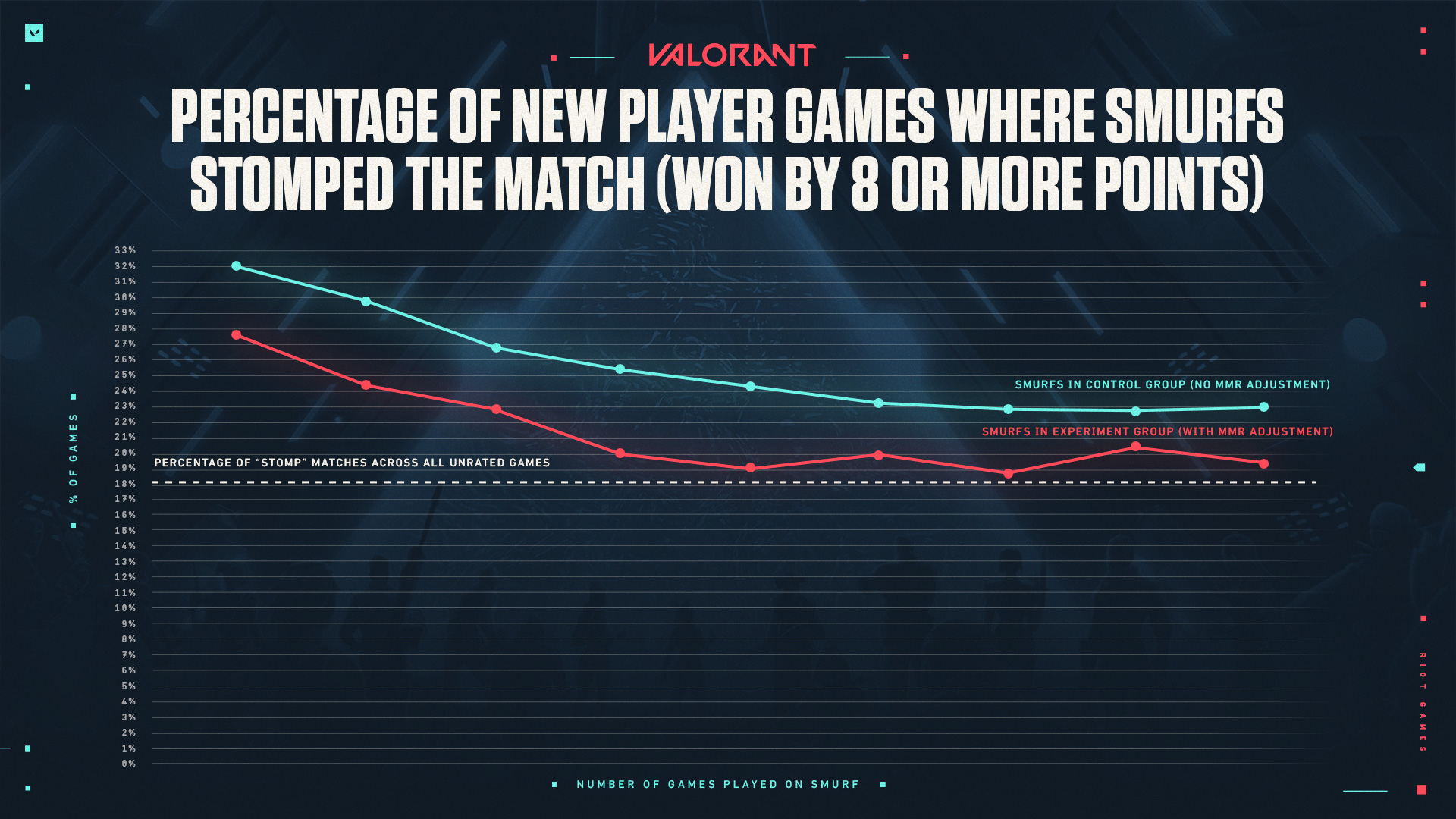
“For the first test, we measured the rate of stomp matches (when one team wins by 8 or more rounds). For reference, before the changes, the stomp rate for smurfs was a whopping 32% across all games of VALORANT (so in other words, 1 in 3 matches with smurfs was ending in a stomp).
Our goal was to get this stomp rate number closer to the “regular,” non-smurf stomp rate. Keep in mind that it’s impossible to get the stomp percentage to 0%. Sometimes, a match of 10 very similarly skilled players can still end in a stomp (you suddenly pop off and have the best game of your life, you hit a wall and have the worst game of your week, a player’s internet disconnects and the game is a 4v5, etc.).”
The test eventually ended with 50% of detected smurfs whose MMRs we adjusted were within 1% of our target stomp rate, while the 50% of detected smurfs that we didn’t adjust in our control group were still stomping in 25% of their matches. With these favorable results, more tests and experiments were run throughout the year and at the end, smurfs were landing in their correct MMR in as little as 4 matches.
Automated Smurf Detection was rolled out globally in September.
5-Stack Changes
Changes were also made to lower the incentive to create smurfs, which included to allow higher skill discrepancies in 5-stacks so players can play competitively with their friends without the need to create smurfs.
This change was made way back in Patch 3.10, after which the number of 5-stacks in Competitive jumped before eventually normalizing. While further changes to 5-stacking did not affect this number, the difference was made in the makeup of these 5-stacks. More squads with a high rank discrepancy played as the updates continued while match fairness did not shift downward. “In fact, 5-stack matches became more close after we made these changes; since players were playing less on their smurfs and more on their mains, it was easier for our matchmaking to ensure a fair match. Today, over a third of all 5-stack matches end in a 13-10 or closer.”
Future Plans
Throughout all of the discussed changes above, Riot Games is happy to report that smurfs have been reduced on VALORANT.

Brian Chang also discussed what else is on the slate for further reducing smurfs:
- More improvements/additions to our smurf detection methodology, so we can find and act on smurfs even faster
- Continued efforts to detect and act against boosting, account sharing and account purchasing, which are both against our Terms of Services and often associated with secondary accounts. Again, we can’t share too much information here (since revealing how we detect this type of behavior would compromise the very detection systems), but we are looking into this.
- Additional ways for players of varying skill levels to play VALORANT competitively together. Recently, we announced the Alpha test of Premier, a high-stakes team-based competitive system in VALORANT. We hope that these systems will provide more avenues for players to play socially without feeling the need to create secondary accounts.
To close off, he said that there is no realistic way to completely eradicate any and all smurfing concerns that the VALORANT playerbase have. “But that doesn’t mean that we’re planning on stopping efforts on this front anytime soon,” he added. “While a lot of work has been done to address your concerns, we know there’s still much more we can do to make sure that your competitive VALORANT experience is fun and fair.”









